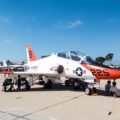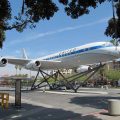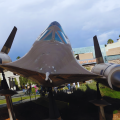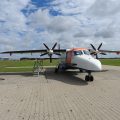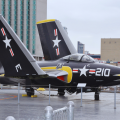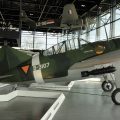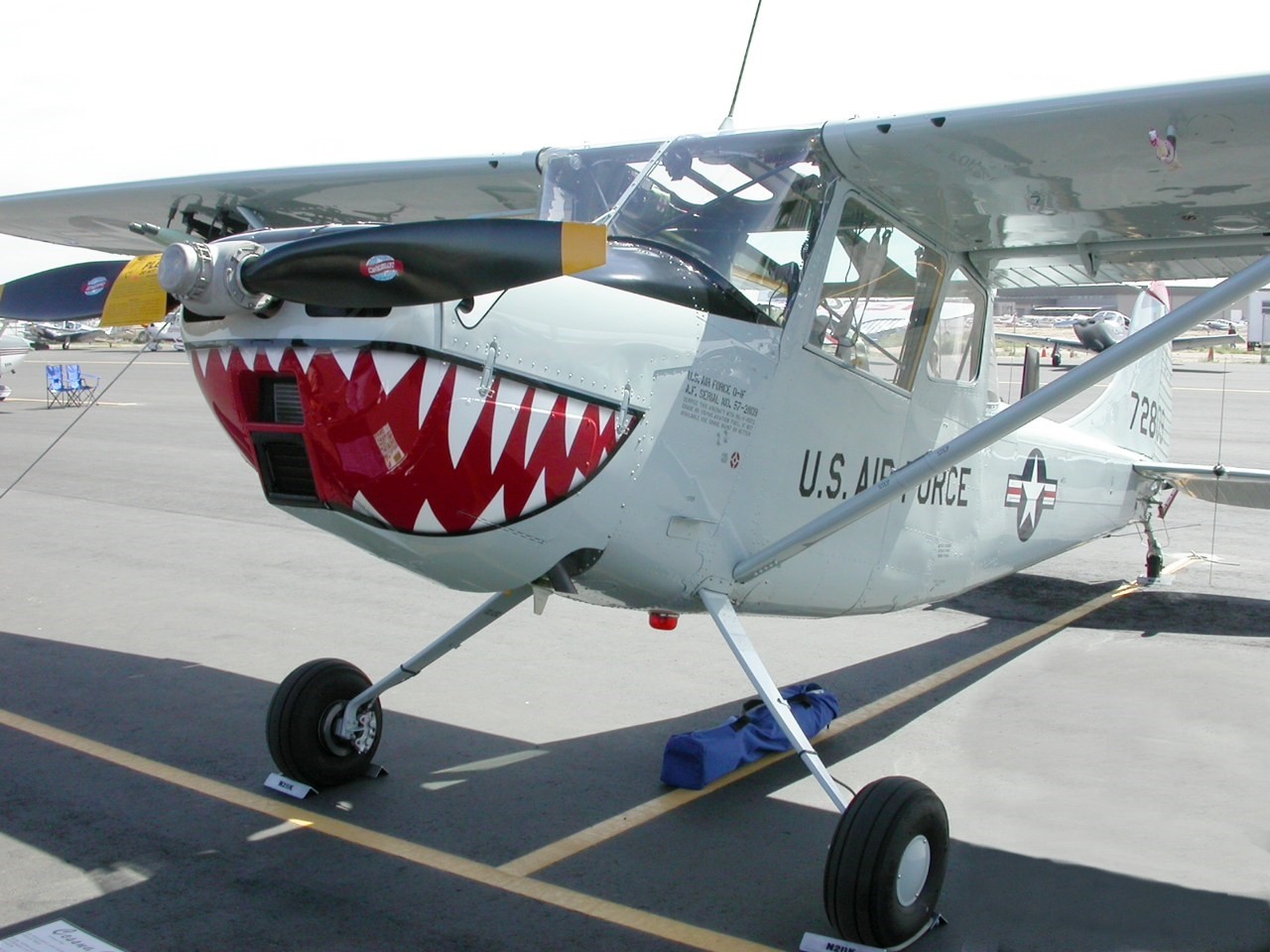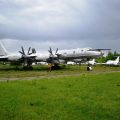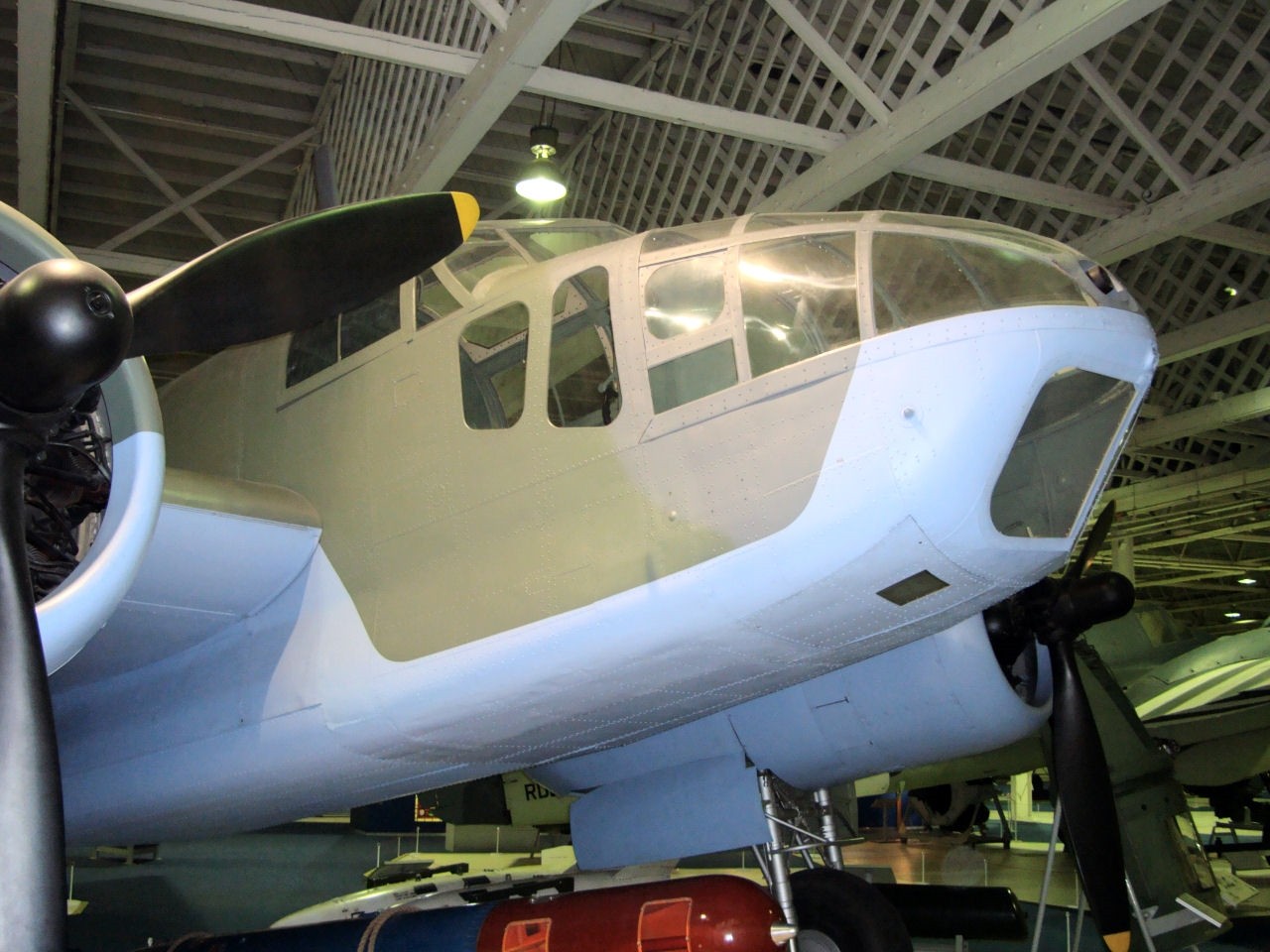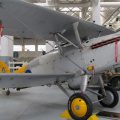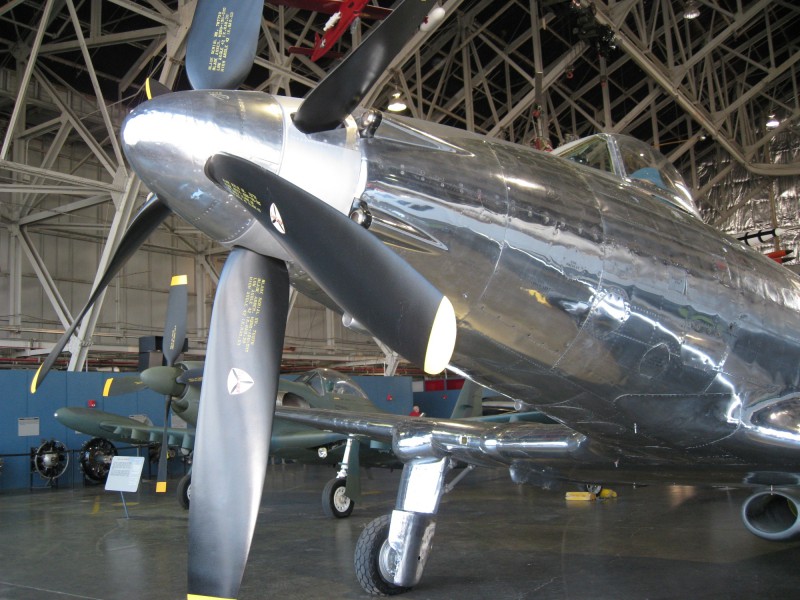
Fisher P-75 Orzeł | |
|---|---|
| Kraju | Stany Zjednoczone Ameryki |
| Typu | Samoloty myśliwskie |
| Pierwszy lot | 17 listopada 1943 |
| Zbudowany | 14 |
Galeria zdjęć Fisher P-75 Eagle, General Motors/Fisher P-75 Eagle – samolot myśliwski zaprojektowany przez Fisher Body Division firmy General Motors. Prace rozpoczęły się we wrześniu 1942 roku w odpowiedzi na zapotrzebowanie Sił Powietrznych Armii Stanów Zjednoczonych na myśliwiec o ekstremalnie dużej prędkości wznoszenia, wykorzystujący najmocniejszy silnik chłodzony cieczą, Allison V-3420. Program został anulowany po ukończeniu niewielkiej liczby prototypów i samolotów produkcyjnych, ponieważ nie był już wymagany w swojej pierwotnej roli, nie mógł być szybko wdrożony i nie miał znaczącej przewagi nad samolotami już produkowanymi.
Źródła: Wikipedia
| Fisher P-75 Eagle | |
|---|---|
| Fotograf | Niewiedzy |
| Lokalizacja | Niewiedzy |
| Zdjęcia | 55 |
Podobne zestawy:
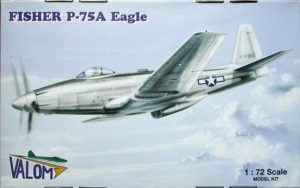
Znajdź zestawy w serwisie eBay:
The Fisher P-75 Eagle was a fighter aircraft project that aimed to create a high-performance interceptor using existing components from other aircraft. The project was initiated by the Fisher Body Division of General Motors in 1942, in response to a request from the US Army Air Forces for a fighter that could climb rapidly and use the Allison V-3420 engine, a 24-cylinder liquid-cooled engine that was the most powerful at the time. The P-75 Eagle design used the outer wing panels from the P-40 Warhawk, the tail assembly from the A-24 (SBD), and the landing gear from the F4U Corsair. The engine was mounted in the middle of the fuselage, driving contra-rotating propellers through a long shaft. The P-75 Eagle was expected to be a “wonder plane” that could outperform any enemy fighter.
However, the P-75 Eagle project encountered many problems during its development and testing. The center of mass was miscalculated, causing stability issues. The engine failed to produce its expected power and had cooling problems. The aileron forces were too high at high speed, and the spin characteristics were poor. The P-75 Eagle also lacked any significant advantage over other fighters already in production, such as the P-51 Mustang and the P-47 Thunderbolt. In 1943, the USAAF changed its requirements and needed long-range escort fighters more than fast-climbing interceptors. Six XP-75 prototypes were modified for the long-range role, but they still did not meet the expectations. In 1944, after only 14 aircraft were built, including two prototypes and 12 production models, the P-75 Eagle project was canceled. The P-75 Eagle was considered a failure and a waste of resources, and none of them ever saw combat.

Liczba wyświetleń : 2347
